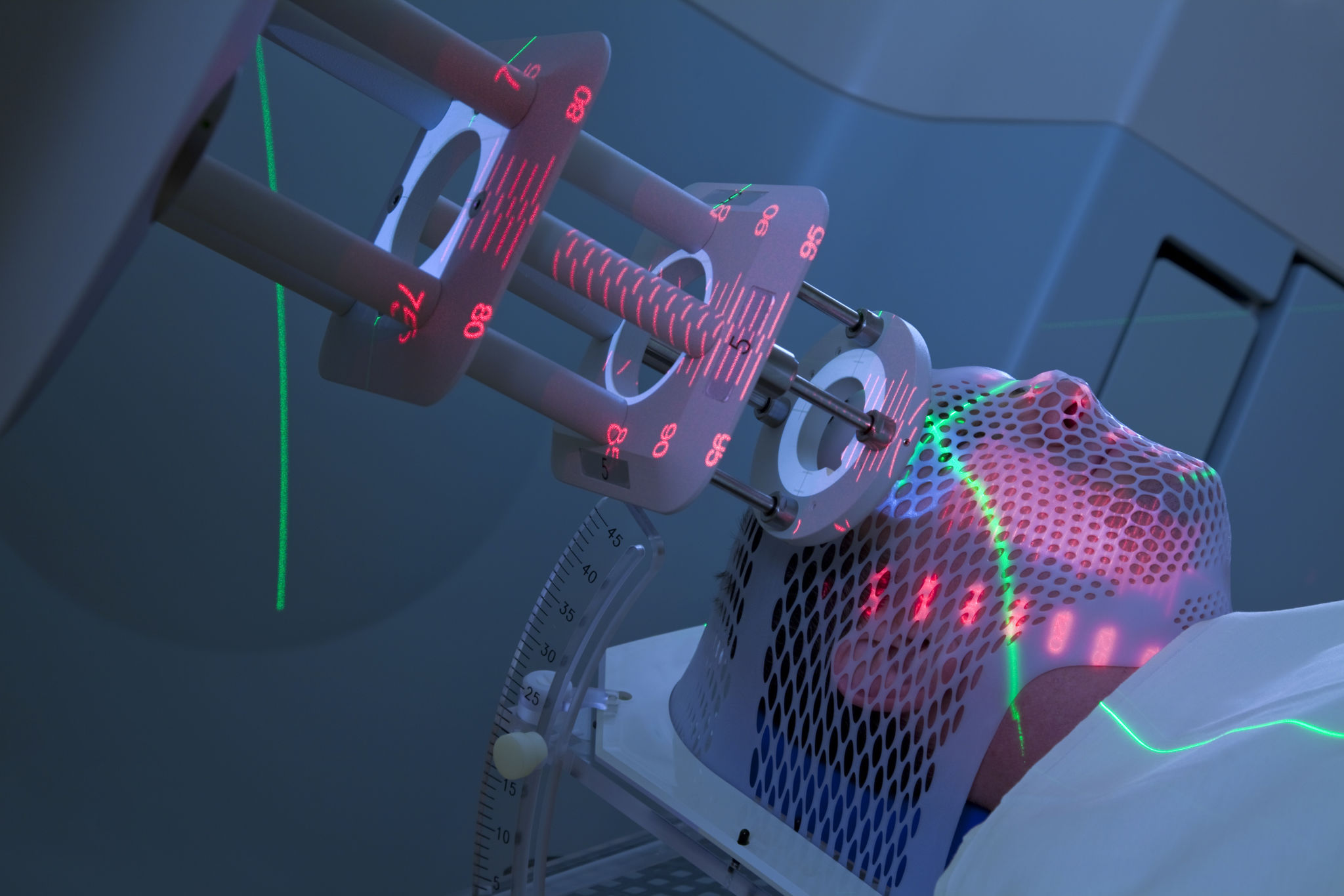Healthcare Operations Improvement: A Case Study from Alpharetta
Introduction to Healthcare Operations Improvement
Improving healthcare operations is a critical focus for many facilities as they strive to enhance patient care and streamline processes. In Alpharetta, a notable healthcare facility embarked on a transformative journey to revamp its operations. This case study delves into the strategies and outcomes of their efforts, offering insights that can be applied across the industry.

Identifying Key Challenges
The facility in Alpharetta faced several operational challenges that were impacting patient satisfaction and efficiency. The primary issues included long wait times, inefficient resource allocation, and outdated technology systems. Addressing these challenges was crucial for improving overall service delivery and meeting the growing healthcare demands of the community.
A comprehensive assessment was conducted to identify the root causes of these issues. It became evident that a lack of streamlined communication and coordination among departments was a significant barrier to efficient operations.
Strategic Solutions Implemented
To tackle these challenges, the facility implemented a multi-faceted approach. A key strategy was the adoption of advanced healthcare technology systems designed to enhance data management and facilitate seamless communication between departments. This included the integration of an Electronic Health Records (EHR) system to centralize patient information.

Additionally, a patient flow management system was introduced to reduce wait times and improve scheduling efficiency. This system allowed for real-time updates and better coordination of patient appointments, leading to a more organized workflow.
Staff Training and Development
Recognizing the importance of human resources in operational success, the facility prioritized staff training and development. Regular workshops and training sessions were conducted to familiarize staff with new technologies and processes. This initiative not only enhanced their skills but also boosted morale and teamwork within the organization.
Staff feedback was actively sought to ensure the solutions implemented were effective and to identify any additional areas for improvement. This collaborative approach fostered a culture of continuous improvement within the facility.

Measuring Success and Outcomes
The outcomes of these initiatives were closely monitored through key performance indicators (KPIs) such as patient wait times, resource utilization, and patient satisfaction scores. The implementation of new systems led to a significant reduction in wait times and improved resource allocation across departments.
Patient feedback indicated a noticeable improvement in their overall experience, with many praising the enhanced efficiency and reduced waiting periods. The facility also reported higher staff satisfaction rates, attributing it to better communication and more efficient workflows.
Lessons Learned
This case study from Alpharetta highlights several critical lessons for other healthcare facilities seeking operational improvements. First, investing in technology that enhances communication and data management is essential for streamlining processes. Second, involving staff in decision-making and providing regular training can significantly contribute to successful implementation of new strategies.
Finally, continuous monitoring and adaptation are crucial components for sustaining improvements over time. By regularly evaluating performance metrics and seeking stakeholder feedback, facilities can ensure they remain agile and responsive to both internal and external changes.
